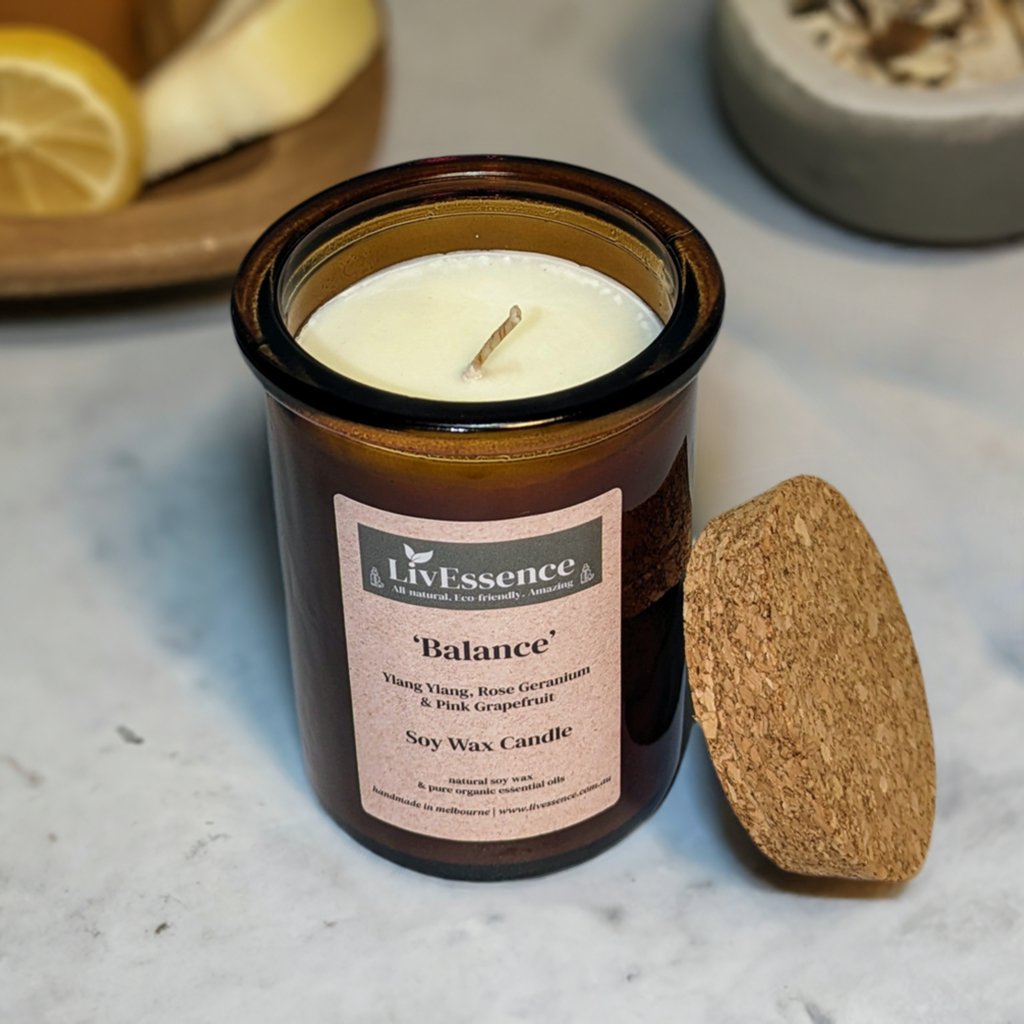From Wick to Wax: Comprehending the Chemistry Behind Soy Wax Candles and Their Ecological Influence
As we illuminate our areas with the warm radiance of candles, there exists a realm of detailed chemistry behind the seemingly easy act of lighting a soy wax candle. The selection between soy and paraffin wax expands past simple aesthetic appeals, delving right into the realm of environmental influence and the extremely make-up of the products. Understanding the molecular framework of soy wax and its combustion procedure clarifies the emissions launched into our surroundings. Join us as we untangle the clinical intricacies behind soy wax candle lights and discover their effects on our environment.
Soy Wax Vs. Paraffin Wax
When contrasting soy wax and paraffin wax for candle light making, it is necessary to comprehend the distinct features and benefits of each material. Soy wax is an all-natural, renewable energy derived from soybean oil, making it green and eco-friendly - candles. In contrast, paraffin wax is a by-product of oil refining, which increases issues regarding its ecological impact and sustainability
Soy wax candles burn cleaner and discharge less soot contrasted to paraffin wax candle lights, making them a much healthier selection for interior air quality. Additionally, soy wax has a lower melting factor, enabling a longer-lasting candle that disperses fragrance better. Paraffin wax, on the other hand, has a tendency to burn faster and less easily, possibly launching unsafe chemicals right into the air.
From a sustainability viewpoint, soy wax is favored for its biodegradability and sustainable sourcing, aligning with the growing consumer choice for ecologically aware items. While paraffin wax has actually been a traditional choice in candle light making as a result of its affordability and convenience of usage, the shift in the direction of green options like soy wax is getting momentum in the sector.
Chemical Composition of Soy Wax

Combustion Refine in Soy Candles
The chemical structure of soy wax straight affects the combustion procedure in soy candles, impacting variables such as melt time, aroma release, and environmental influence. When a soy candle is lit, the warmth from the flame thaws the wax near the wick. This fluid wax is then created the wick due to capillary activity. As the liquid wax gets to the fire, it undertakes and vaporizes burning. The combustion procedure includes the vaporized hydrocarbons in the wax responding with oxygen airborne to create warmth, light, water vapor, and carbon dioxide.
The burning performance of soy candles is influenced by the pureness of the soy wax and the quality of the my response wick. A clean-burning soy candle light with a properly sized wick will certainly reduce and create a constant flame soot formation. This not just prolongs the shed time of the candle yet additionally enhances the release of scents. Furthermore, soy wax candles have a reduced environmental impact compared to paraffin candles as a result of their eco-friendly and eco-friendly nature.

Ecological Benefits of Soy Wax

Considered a sustainable choice to conventional paraffin wax, soy wax supplies remarkable environmental advantages that make it a popular option amongst eco-conscious consumers. Soy wax burns cleaner and creates less residue than paraffin wax, contributing to much better interior air quality and minimizing the need for cleaning and maintenance. In general, the ecological advantages of soy wax align with the expanding demand for sustainable and environmentally friendly items in the market.
Recycling and Disposal Factors To Consider
Recycling and appropriate disposal of soy wax candle lights play a critical role in preserving ecological sustainability and decreasing waste in neighborhoods and families. The first action is to make sure that the candle has burned completely when it comes to reusing soy wax candle lights. This can be achieved by enabling the candle to shed up until the wick is no more usable, and then letting the staying wax cool and strengthen. As soon as the wax has solidified, it can be thoroughly eliminated from the container.

In regards to disposal, if recycling is not an alternative, soy wax candle lights are biodegradable and can be safely thrown away in the majority of household waste systems. However, it is constantly advised to consult local reusing centers or waste management services for details guidelines on candle disposal to make certain appropriate handling and environmental management.
Final Thought
To conclude, the chemistry behind soy wax candles exposes their ecological benefits over paraffin wax candles. Soy wax, obtained from soybean oil, burns cleaner and generates much less soot when contrasted to paraffin wax. The combustion procedure in soy candle lights is extra effective, bring about a longer and a lot more even melt. In addition, soy wax is eco-friendly and biodegradable, making it a more you can check here lasting choice for candle light manufacturing. Reusing and correct disposal of soy wax candles better contribute to their environmental effect.
When comparing soy wax and paraffin wax for candle light production, it is vital to understand browse around these guys the unique attributes and advantages of each material (soy candles).Soy wax candles melt cleaner and discharge much less soot contrasted to paraffin wax candles, making them a healthier selection for indoor air high quality.Thought about a lasting option to traditional paraffin wax, soy wax provides noteworthy environmental advantages that make it a preferred selection among eco-conscious customers. Soy wax burns cleaner and produces less residue than paraffin wax, contributing to much better indoor air quality and reducing the demand for cleaning and upkeep.In conclusion, the chemistry behind soy wax candles discloses their environmental benefits over paraffin wax candles